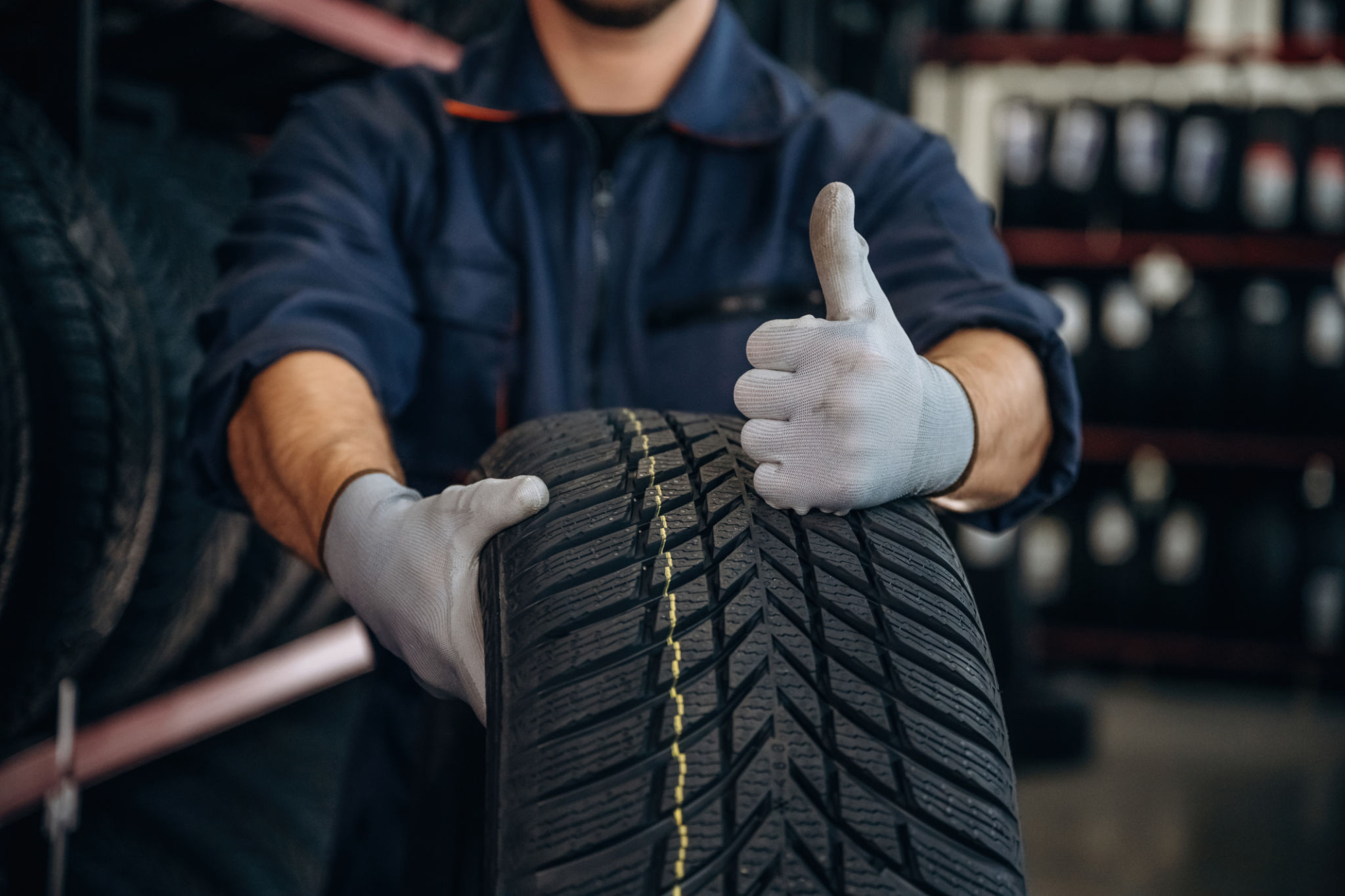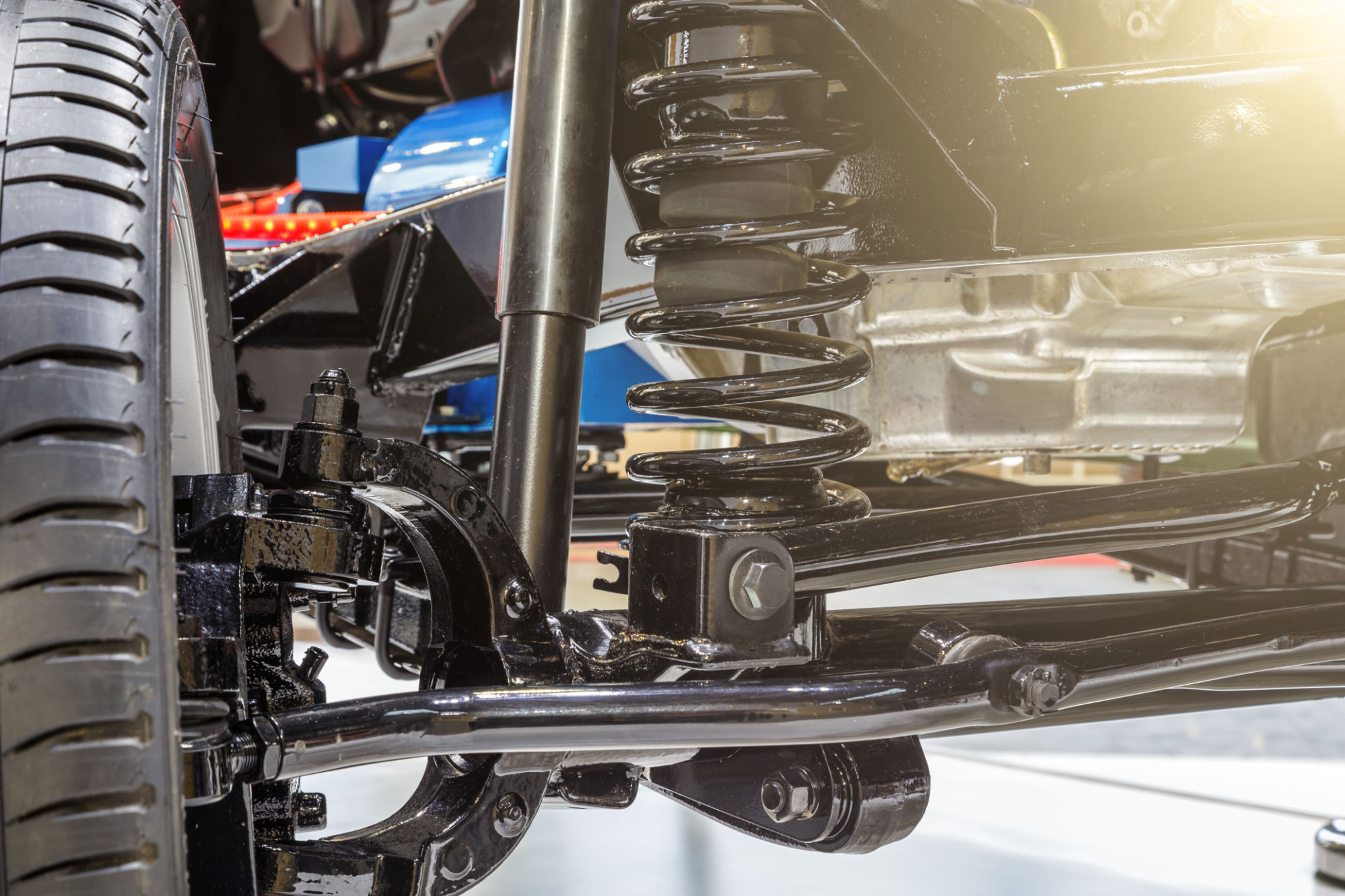DIY Guide: How to Maintain Your 4x4 Vehicle at Home
Introduction to 4x4 Vehicle Maintenance
Owning a 4x4 vehicle is an adventure in itself, offering the freedom to explore rugged terrains and conquer challenging landscapes. However, maintaining these powerful machines is crucial to ensuring their longevity and performance. Luckily, many maintenance tasks can be done at home with some basic tools and know-how. In this DIY guide, we’ll walk you through essential steps to keep your 4x4 in top shape.
Regular Oil Changes
One of the most critical maintenance tasks for any vehicle, including a 4x4, is regular oil changes. Fresh oil keeps your engine running smoothly and prevents overheating. To change the oil at home:
- Warm up the engine slightly to thin the oil.
- Place a drain pan under the oil pan and remove the drain plug.
- Allow the old oil to fully drain, then replace the drain plug.
- Replace the oil filter and add new oil as per your vehicle's specifications.
Make sure to properly dispose of used oil at a designated recycling center.

Tire Maintenance
Your 4x4 tires are what connect you to the ground, so proper maintenance is essential. Regularly check tire pressure, as both under-inflation and over-inflation can lead to uneven wear and reduced fuel efficiency. Also, inspect tires for cuts, punctures, or uneven tread wear, which might indicate alignment issues.
Rotating your tires every 5,000 to 7,000 miles will ensure even wear and prolong their lifespan. This is a simple process that involves moving each tire to a different position on the vehicle. Consult your owner's manual for specific rotation patterns recommended for your 4x4 model.

Braking System Check
The braking system in a 4x4 vehicle takes a lot of stress, especially during off-road adventures. Regularly check brake pads and rotors for wear and tear. If you hear squeaking or grinding noises when braking, it's time to replace the pads. To inspect brakes at home:
- Remove the wheel to access the brake assembly.
- Inspect brake pads for thickness; replace if they are less than 3mm thick.
- Check rotors for grooves or warping.
Maintaining your brakes will not only ensure safety but also optimal performance on all terrains.
Inspecting Suspension and Steering Components
The suspension and steering systems are vital for a smooth ride in your 4x4. Regularly inspect shock absorbers, springs, and bushings for any signs of wear or damage. Pay attention to any unusual noises or vibrations while driving, as these could indicate issues with these components.
If you notice any damage or excessive wear, replacing these parts promptly will prevent further complications and ensure a comfortable ride on and off-road.

Electrical System Maintenance
A reliable electrical system is crucial for modern 4x4 vehicles. Regularly check battery terminals for corrosion and ensure they are tightly connected. Test all lights, including headlights, taillights, and indicators, to ensure they are functioning correctly.
If you frequently venture off-road, consider upgrading to reinforced wiring and waterproof connectors to prevent damage from water or debris.
Conclusion
Maintaining your 4x4 vehicle at home is not only cost-effective but also empowers you with a deeper understanding of your vehicle's mechanics. By following these DIY maintenance tips, you can ensure your 4x4 remains reliable and ready for your next adventure. Remember, regular attention to these aspects of your vehicle will save you from costly repairs down the road and keep your off-road experiences safe and enjoyable.
